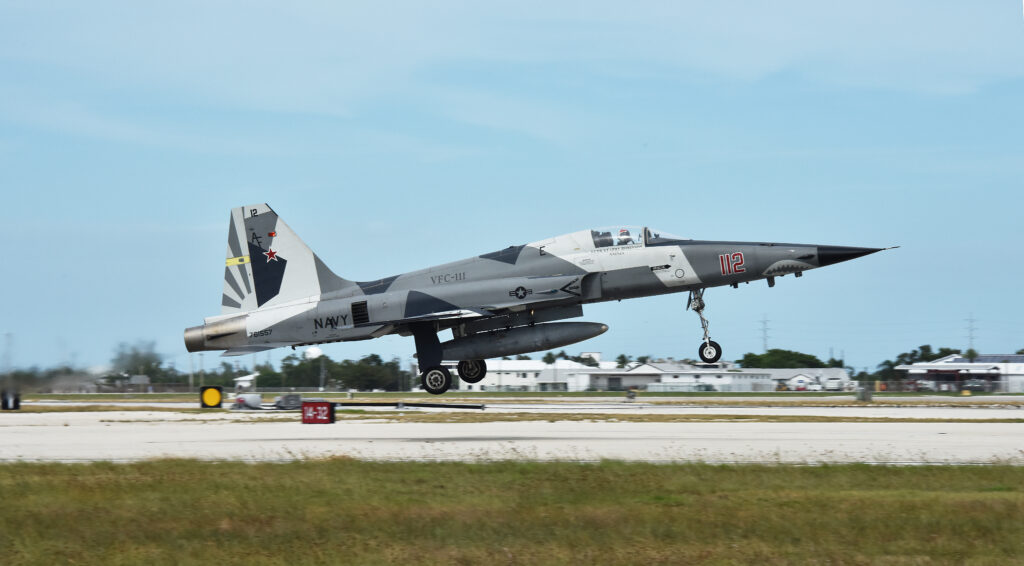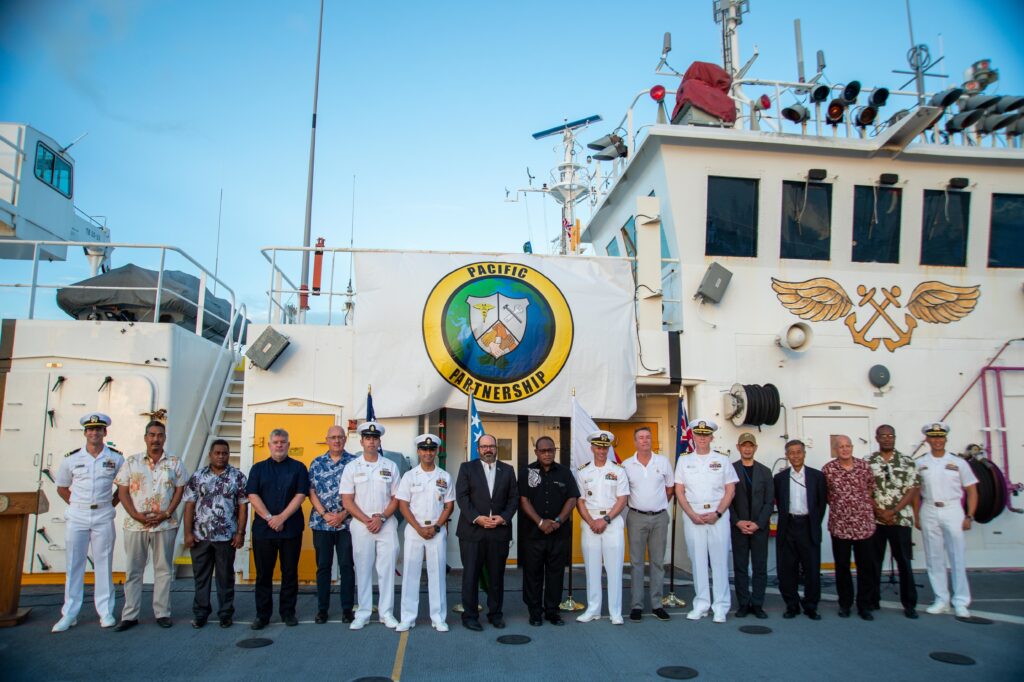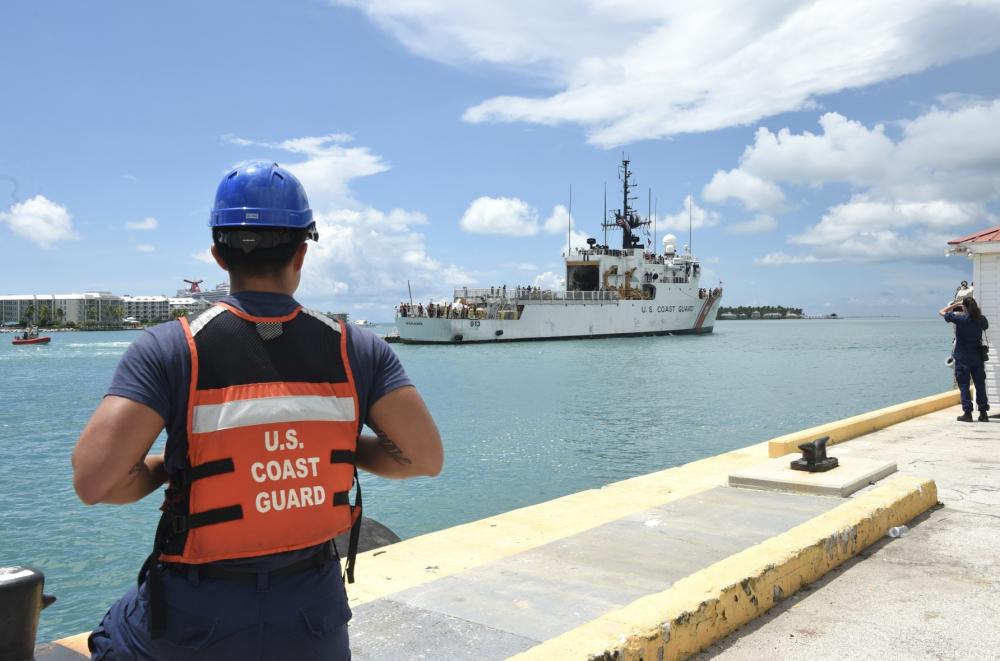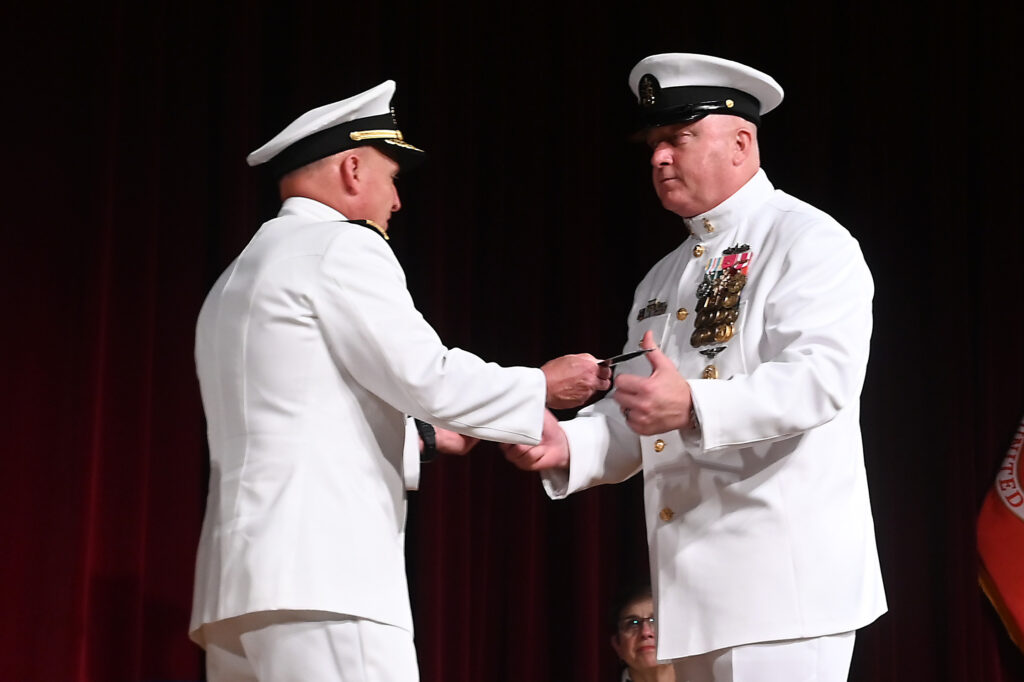CNO: Navy Needs to Maintain the Lead on Ship Design
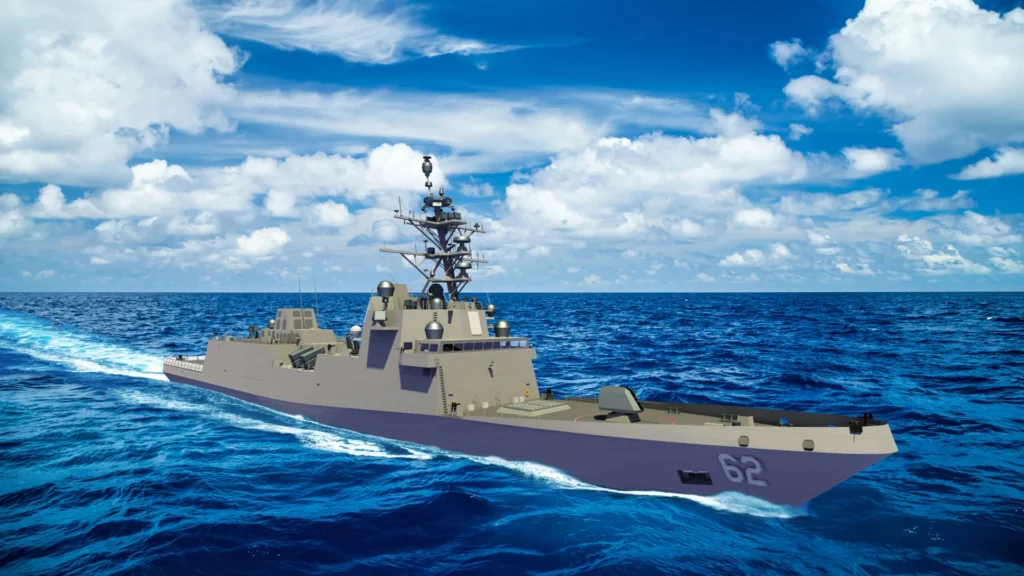
ARLINGTON, Va. — The chief of naval operations praised the trend of the Navy leading the teams developing its ship designs in a recent interview, citing a recent success, and looking forward to more with the next-generation frigate and destroyer designs.
“We’re learning a lot, as we can see with FFG [the FFG 62 Constellation-class frigate program],” said Adm. Michael Gilday, speaking in a Sept. 14 interview with Deputy Editor Bradley Peniston during Defense One’s State of Defense webinar, commenting on the subject of the Navy’s DDG(X) next-generation destroyer program.
“We’re beginning to make progress on that first ship [FFG 62],” Gilday said.
“I think it’s important that the Navy maintain the lead on design,” he said. “So, what we’ve done with DDG(X) is we’ve brought in the private shipbuilders so that they can help inform the effort. So, it’s a team, but it’s Navy-led. So, both of the companies that produce DDGs are involved in that initial design. Our intent is to go into build with a mature design. So, that would mean at more than the 80% complete point when we actually start bending metal.
“We have seen great success of that, with Columbia [-class ballistic-missile submarine] as an example, where we were at more than 80% design that we began that first hull,” Gilday said.
“So that’s going to be something that we’re going to play close attention to, because it actually drives down technical risk,” he said. “Technical risk has been a challenge for us, whether it has been Zumwalt [DDG 1000], LCS [littoral combat ship] or Ford [aircraft carrier] in particular. [With] those three builds, we have accepted technical risk, and it has cost us in terms of keeping those ships not only on budget but also on schedule.”
The CNO said the design plan for DDG(X) will be to migrate the Arleigh Burke-class DDG combat systems to the larger-hull DDG(X), much as with the successful migration of the combat systems of the Ticonderoga-class guided-missile cruiser to the Arleigh Burke in the late 1980s. He said the DDG(X) also will have increased space, weight, and power to handle future capability growth over time, possibly to include hypersonic missiles, which require larger launchers than the current Mk41 and MK75 vertical launching systems.
